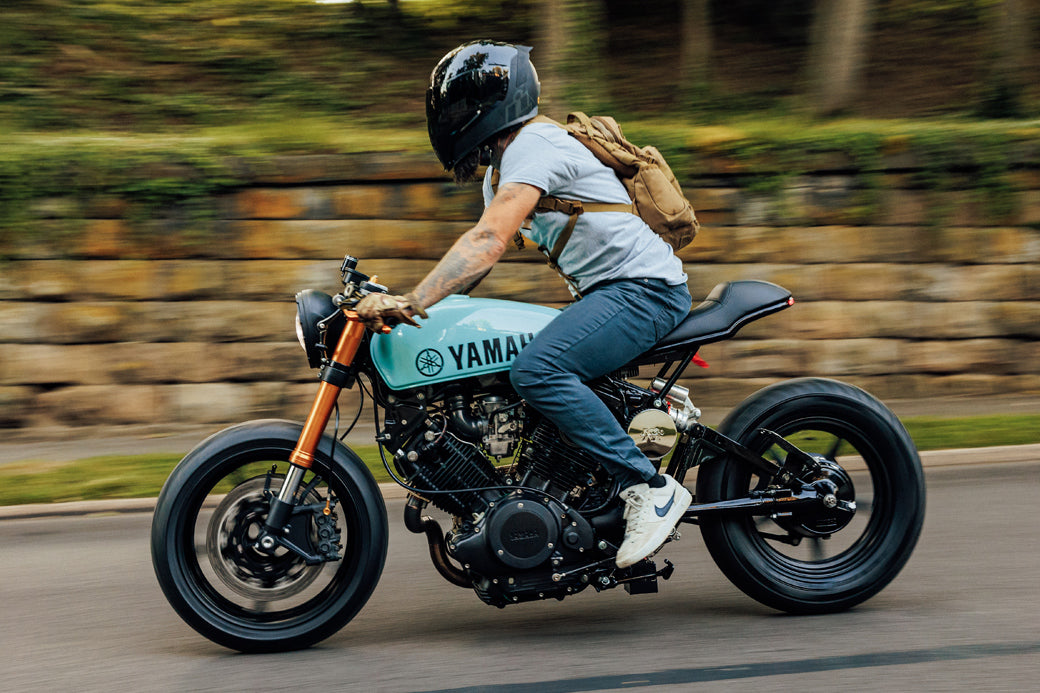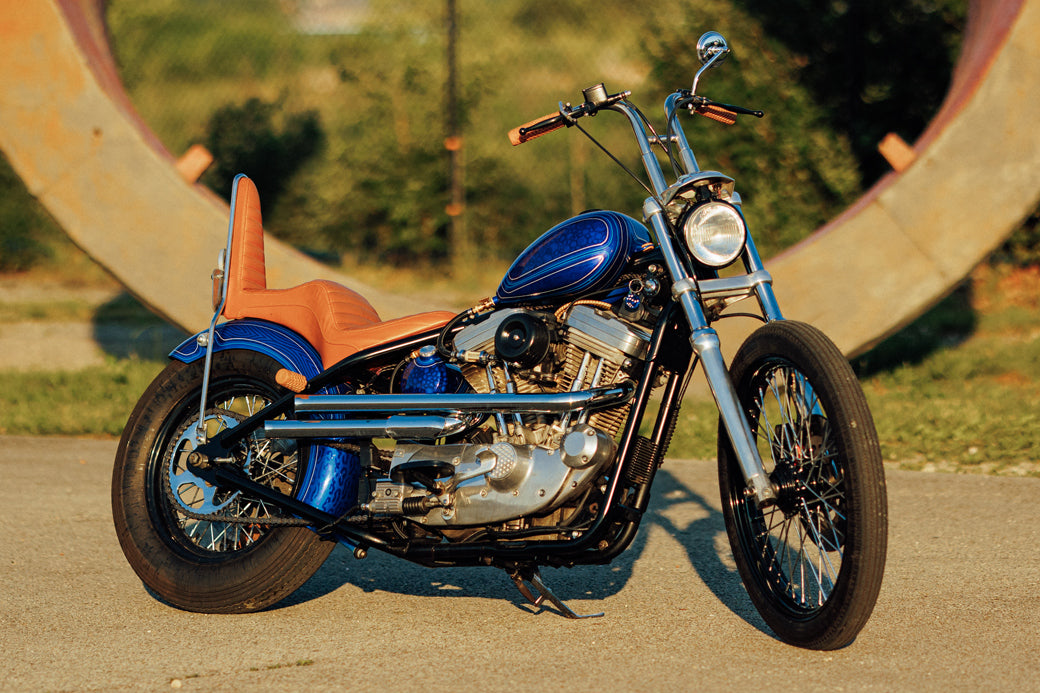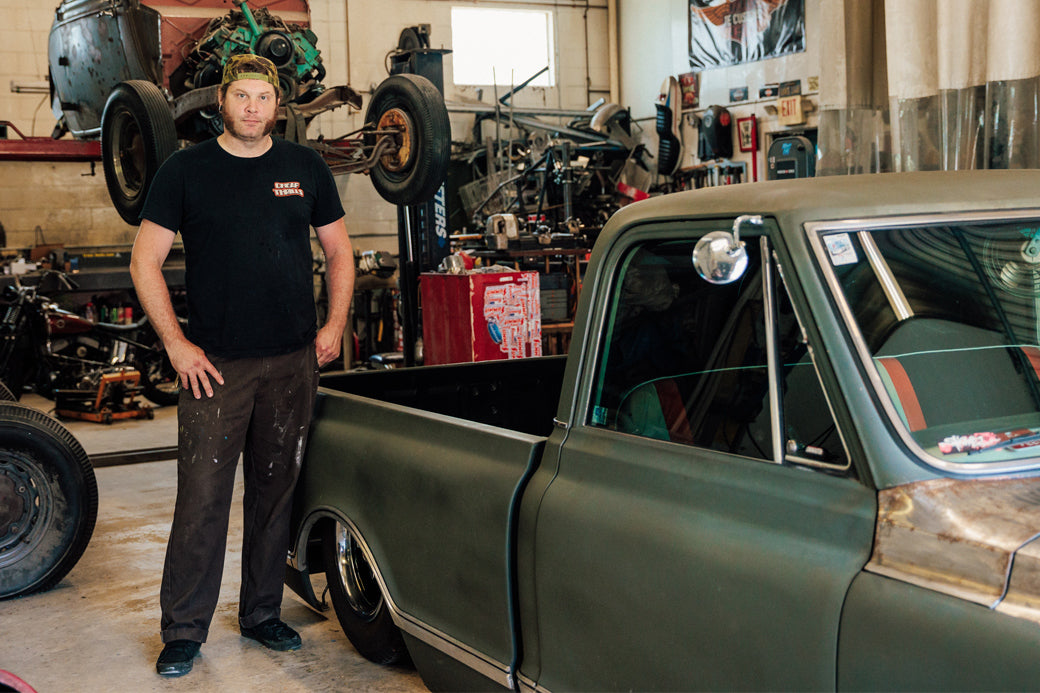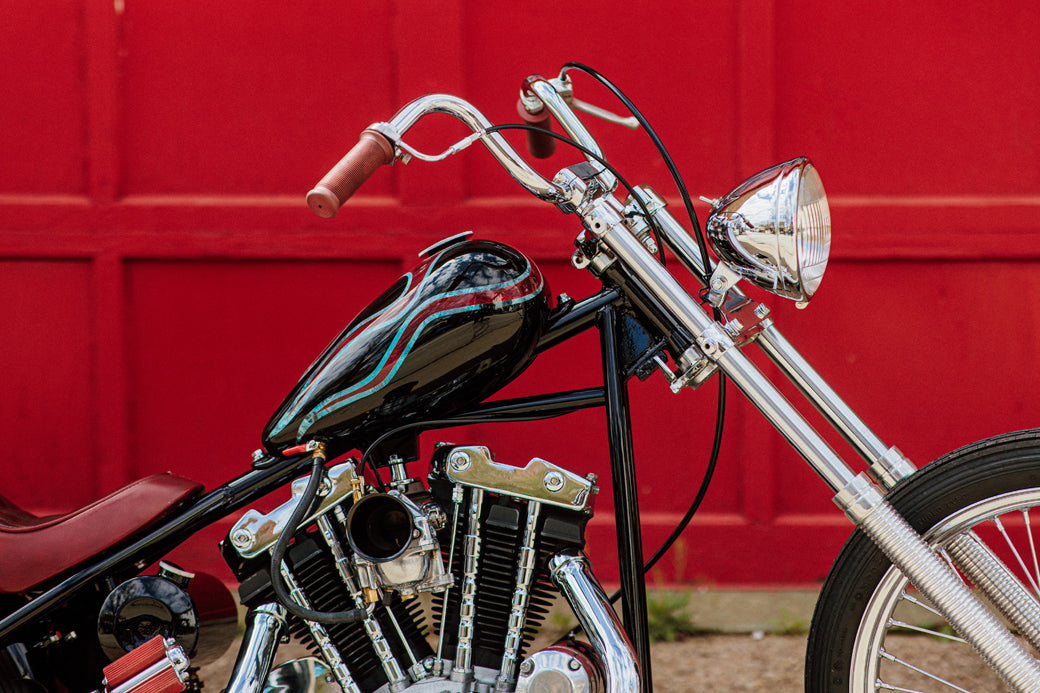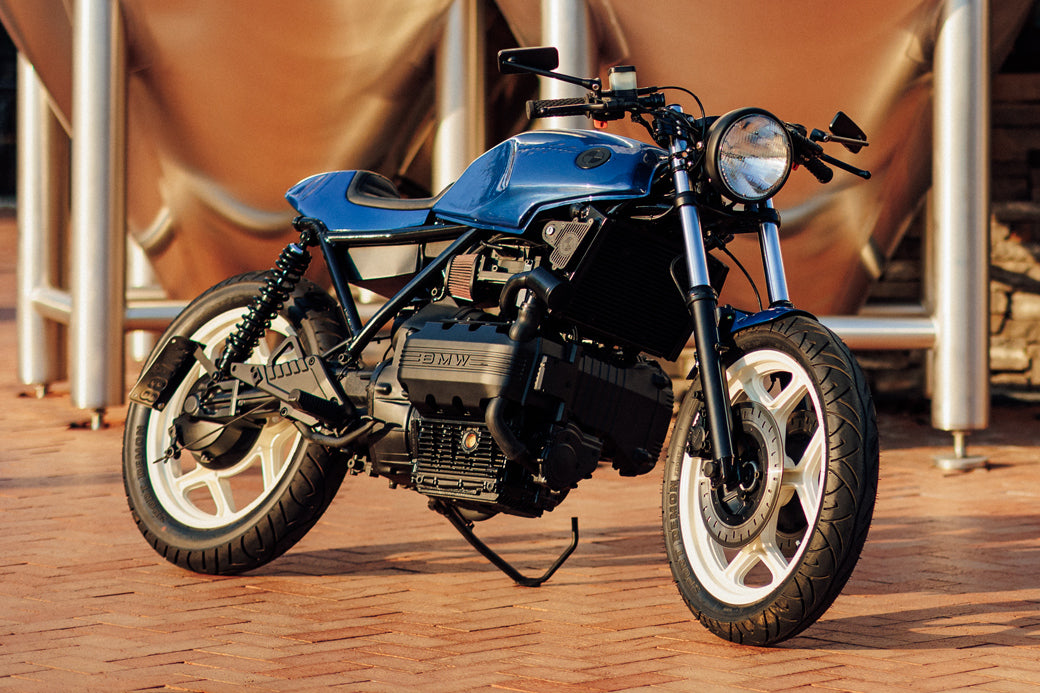Alexa Diserio: Being that I didn’t grow up riding and had to learn later in life, it was a little different. I can still remember practicing in empty parking lots and working up the confidence to take my Sportster down the highway for the first time. In the most cliche of words, riding a motorcycle is freedom. It’s something that I never really saw myself being able to do, and while it’s still sometimes challenging, it’s the most free I can feel.

AD: It was an unconventional path. I grew up in a small town that was haunted by the broken dreams that many American small towns encapsulate. Navigating around bitterness and racism was just part of life. While it left some scars, it also sharpened me in ways I hadn’t understood until later in life. I didn’t go to college and had little job experience, so after leaving a sales job in 2013, I started taking small photography gigs for little pay with entry-level camera equipment. Luckily, I understood how to edit photos and market my work, and within a couple of years I was shooting full time through my business, Wild Native Photography. It was and still is very tough at times, but I enjoy having creative freedom and being my own boss. Everyday I wake up, it’s a new adventure.
AD: While most of my career work is around the subject of people, emotions, and moments, shooting motorcycles is almost a break from that side of it. It allows me to slow down, get a little more creative, and focus on an entirely different beast. I’m capturing a form of art in a particular moment that others can then take inspiration from. The goal of this entire project was to build up the local custom motorcycle community, and since starting this adventure back in 2017, we’ve definitely seen a boost in interest.
AD: People don’t spend enough time with a photograph—just like most things these days. There’s an untouched value with great photography that should be cherished, and I worry it’s being forgotten since we’re constantly bombarded with non-stop imagery. I get pretty excited when I finally see my work in the physical magazine because I’m so used to seeing what I create live on a screen. This is a reminder to print your photos. Don’t let them rot away on a cloud, friends.


AD: It’s much less planned out than my weddings and portrait work since it’s done in a smaller window of time. The shoot is rarely over 30 minutes long. As I’m photographing the bike, the interview is also happening. I’m learning more and more about the person while also capturing the details of their creation. It gets me inspired and forces me to think quickly on my feet as I listen to the stories and the whats and whys. Plus, it’s always fun to step out of my normal photographer role in comparison to what I’m used to. I enjoy the challenge of trying to find the best light and backdrops by using whatever is around to not only enhance the image itself, but the view of the motorcycle by the reader.
AD: That motorcyclists have to be rough, uncultured, or crude. What some don’t understand is that a lot of custom bikes are functional works of art. Even though they’re sometimes built in dirty sheds by people that society often overlooks or have forgotten about entirely, these enthusiasts are more intelligent and deeper than what’s seen on the surface. Creativity shows itself in unique ways, and I think it’s time we recognize that our industry is much more sophisticated than what it’s often portrayed as.
AD: It’s hard. It’s hard to turn any passion into profit, but it’s essential to hang onto the things in life that allow us to be creative. I’d say start small, maybe even a side project. Get your feet set before taking the leap into whatever you end up doing, whether it’s a bike shop, media source, event, etc. Learn from your experiences, even the difficult ones, and don’t be afraid to lean into change.


















